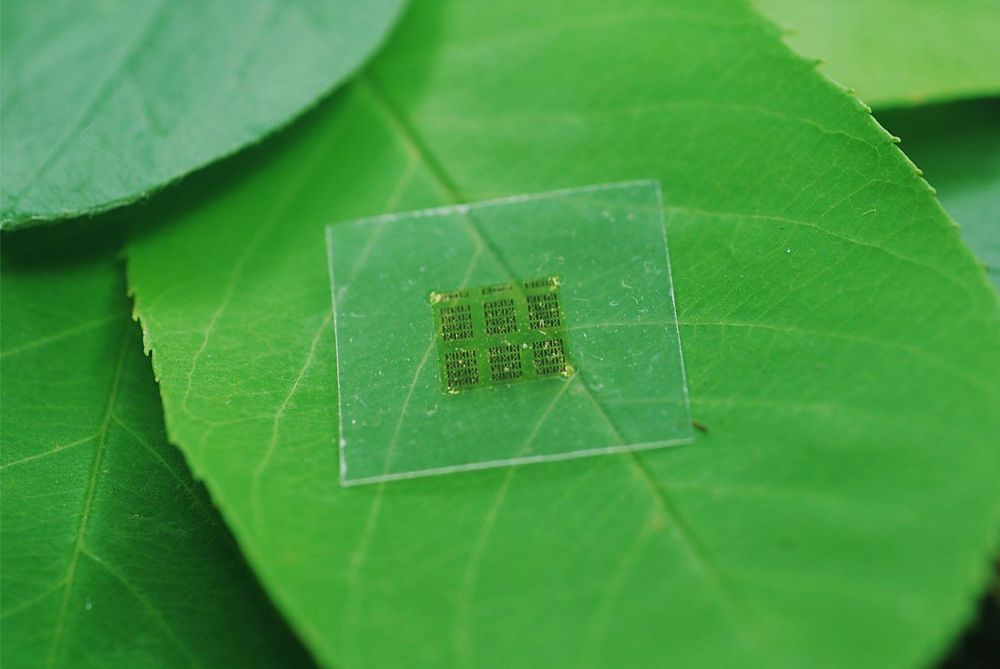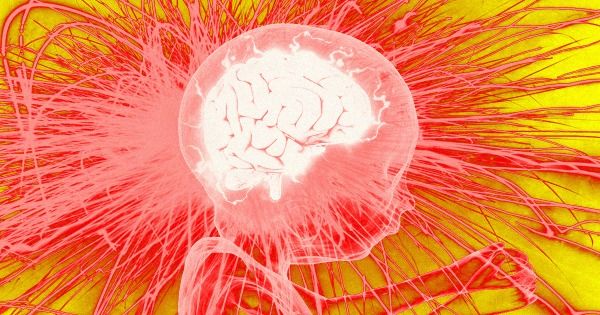Circa 2015
Death is the one thing that’s guaranteed in today’s uncertain world, but now a new start-up called Humai thinks it might be able to get rid of that inconvenient problem for us too, by promising to transfer people’s consciousness into a new, artificial body.
If it sounds like science fiction, and that’s because it still is, with none of the technology required for Humai’s business plan currently up and running. But that’s not deterring the company’s CEO, Josh Bocanegra, who says his team will resurrect their first human within 30 years.
So how do you go about transferring someone’s consciousness to another robot body? As Humai explains on their website (which comes complete with new-age backing music):







